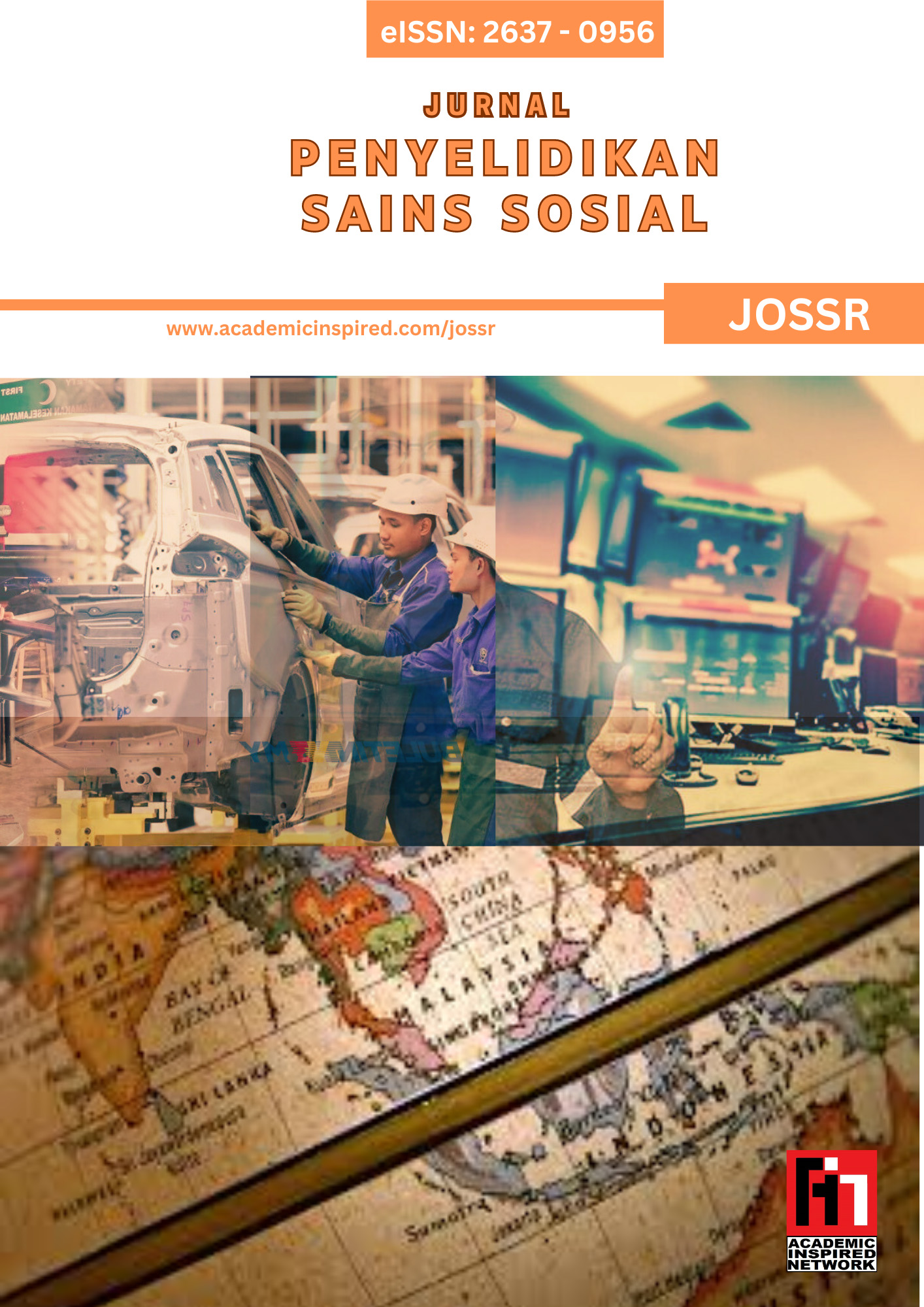THE INSIGHTS OF COMPUTER-AIDED MEASUREMENT SOFTWARE FROM UNDERGRADUATE’S PERSPECTIVES
Abstract
Construction industry players in Malaysia has recognised and adopted Computer- Aided Measurement (CAM) software in in their activities with the objective to improve quality and accuracy of construction process. CAM software promotes useful and effective results especially in quantity take-off and estimating for construction works and being a component of Building Information Modelling (BIM) ecosystem. Nevertheless, it is important for the construction players to be skilful and knowledgeable in operating the CAM software prior to the extensive adoption of the software for construction projects. As a reflection to the situation, higher learning institutions in Malaysia has progressively embedded CAM software application lesson in the undergraduate’s curriculum for students. Hence, this paper discovers the insights of CAM software application from the student’s perspective. Quantitative research has been conducted to gather the consensus among students and analysed through statistical analysis. The findings shows that students are optimistic with the CAM software capabilities and look forward on its application in the real-time profession in the future. It is believed the findings manage to raise the attention among other higher learning institutions toward the adoption of CAM software as well as to address the construction industry players on the undergraduate’s readiness on the CAM software knowledge and skill in the future.













